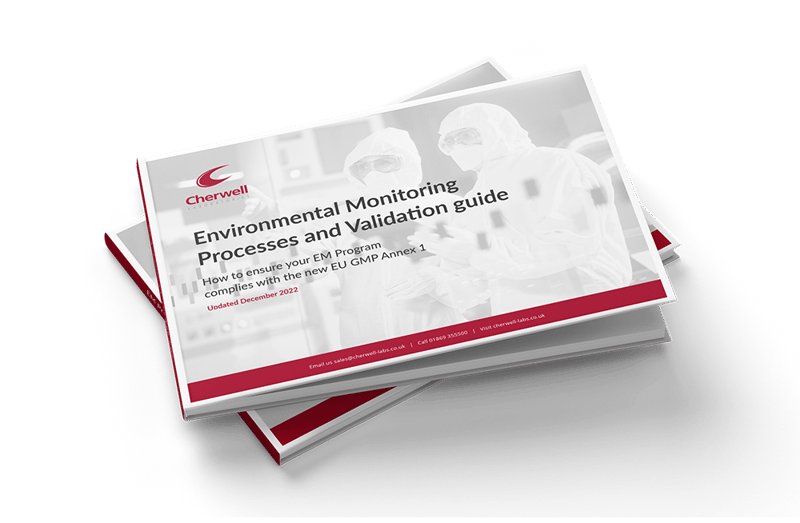I recently took the long journey from Bicester to Castle Hill Hospital in Hull. The infection control team, as pictured above, decided to purchase three of our SAS Super 180 air samplers for environmental monitoring of their Theatres and I was going to be providing training.
We were set up in their office and I split the demonstration into three areas of training:
1. Cleanliness and sterilisation of instrument
2. Sampling
3. Maintenance
Then I got them to interact with the air sampler at the end of the demo, to reinforce the main points of information.
The reason Castle Hill Hospital adopted a change in sampling device, was due to the fact they used a very dated, trolley based, extension cable requiring, slit to agar Casella air sampler. It was becoming hard to clean, cumbersome to position and difficult to use. In essence to take accurate sampling, staff were required to run the device for 2 minutes with a stopwatch and calculate the final CFU after incubation, because it took 750 litres per minute.
Cleaning and sterilisation
Cleaning of the SAS Super 180 could not be simpler; alcohol spray or impregnated wipes can be used to disinfect the surface of the air sampler. The drilled head can be wiped clean or even autoclaved and with the plate placement area underneath the head, the instrument can be started, and a mist of alcohol spray can be used to be drawn through the device. The product has been made for cleanroom purposes and can be sterilised using vaporised hydrogen peroxide.
Much easier and convenient than the historical Casella that requires cleaning on multiple components. From one conversation with a team member at Castle Hill Hospital, cleaning the Casella unit can be lengthy, particularly if the agar ends up rupturing and spreading throughout the internal workings of the device.
Sampling directions for the SAS Super 180
The sampling directions for volume size and delayed sampling on the SAS Super 180, once shown to the team, was intuitive and easy to follow. The use of visual and audible cues helped know the status of the device. Compared to the Casella - where prior testing has to be performed to ensure the height of the plate is accurate; the SAS Super 180 required no such adjustments.
The size and simplicity of the SAS samplers led to the group discussing and risk assessing their current frequency and locations within their Theatre environment. It was great to see it spark dynamic conversation that could lead to improvement in process and better environmental monitoring.
Maintenance
The SAS then proved itself again, in the form of ease of maintenance, as the infection control team had concerns that they would need to calibrate the instrument themselves. The Casella required calibration by the staff, but with the SAS range, calibration is carried out by Cherwell Laboratories’ engineers; either at our engineering department Bicester, Oxfordshire or on-site at customer facilities for customer convenience.
Already mentioned, the drilled head is autoclavable and all that is necessary is to check the drilled head for dirt or debris so that the holes are clear as part of the maintenance.
The portable, quick and easy use of the SAS air sampler fitted in to the infection control purpose of testing theatre environments. The staff were great to work with, enthusiastic and responsive to the implementation of the new device. It created a good training environment and the staff were please with their new devices.






